The dog is 13. She celebrated her birthday on Friday by going to the vet to get her doggy travel documents. Then, in just a week’s time, she will join us on the drive from London to Mallorca. It’s a reminder that almost a year has passed since we noticed that something was up, took her to our vet in Palma and discovered that she had cancer. There were several tumours in her spleen, another in her shoulder. Back in London we were given a sobering assessment – let her alone and say goodbye within eight weeks or operate. We took route two but were warned that she would probably have a lame leg once a chunk of the shoulder around the tumour was removed. And still, we might only get a few more months. But here we are – the most recent scans showed no signs of cancer but the oncologist says that it will return one day. Even so.
I never had a dog as child but in adult life I have shared my home first with my partner’s border-collie mongrel mashup (adorable, clever), then a weimaraner (adorable, properly stupid) and now Macy the fox terrier (adorable, wily and very particular). They have all been good at training humans, good at getting you to see things from their perspective. But also skilled at passing on some life lessons along the way. Macy in particular.

When she finally came home after the surgery, Macy was shaved, her wounds stapled together and she was in pain. It would be days before she could even stand. But she has shown a fortitude that I wonder whether I could muster. She learned how to walk anew, favouring her stronger front leg, soon finding how to run and jump again. She showed no signs of being sad – just a look of surprise when, in the early days, that weak leg might buckle. I know that I can be too quick to judge something as viable or not, too easily annoyed when the pursuit of perfection ends with a compromise – but she has shown me that sometimes we just have to accept that things are a little different now, start over, find workarounds.
In the past year she has also revealed a gritty self-assurance, a determination to do things her way when it matters. Aware that strangers might knock her bad shoulder, she now lets out a funny squeak if their stroking seems to be getting too forceful.
During the sweltering heat that hit London this week, she took herself to the roof terrace and slept there on her back, the breeze cooling her belly. I went to check up on her at 03.00, thinking of bringing her back to bed but instead I just watched her dreaming, legs twitching. Content to be alone.
It’s been a big week – a party for the launch of our Quality of Life Survey, our board meeting in Zürich, a quick dash to Spain. But when I’ve opened the door of my house, there has been a dog who squeals with delight at seeing me, runs around in circles in celebration and within minutes is curled up on the sofa, emitting sighs of joy. She knows to live for now, to make the most of every second. Perhaps she should write a self-help book. I definitely need a copy.
James Vowles knows what it takes to perform under pressure. “We race on TV and in front of 70 million people,” he tells Monocle. But despite the high-speed, high-stakes nature of F1, Vowles insists that the fundamentals are the same as any business. “You want strong foundations, clear systems and smart use of data – people are at the heart of it all.”
After helping to steer Mercedes to multiple Formula One titles, he took over as team principal at Atlassian Williams Racing in 2023 and quickly made an impact, playing a key role in securing Carlos Sainz Jr for the team.
Now signed to a new long-term deal, Vowles heads into the British Grand Prix with Williams sitting fifth in the constructor’s standings – a vast improvement on the bottom-dwelling position they held for four of the five years prior to Vowles taking charge.
Monocle Radio spoke to Vowles about how to build a winning culture for our podcast The Entrepreneurs. Here are 10 key leadership lessons the motorsport boss shared.
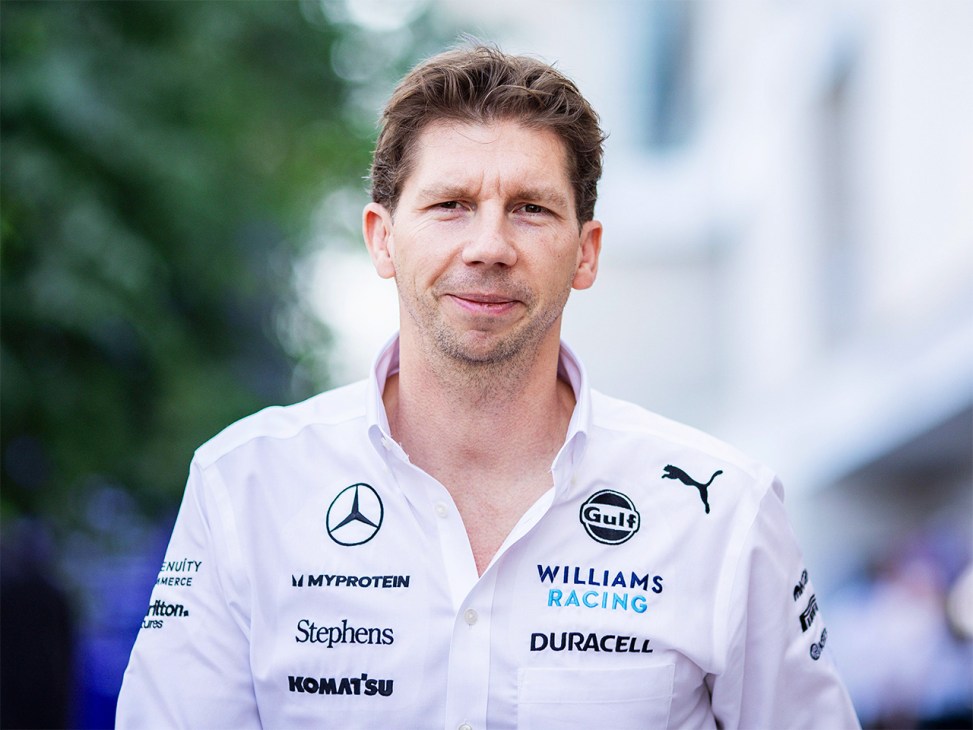
1.
Tear down what’s familiar to build something better
“We had to go from settling to settling for nothing but the best, and to do that we had to break everything. Changing culture takes a shift in thinking but it works. It’s changed our mindset in a short time.”
2.
Don’t rest on your laurels
“Our history makes me proud but it won’t win future races. I’m here to fight for championships and that means thinking long-term and aiming higher than fifth or sixth.”
3.
Embrace failure as part of the process
“How you deal with poor performance defines you. We’re going to fail a tremendous amount. The really important bit is how you take that learning and reapply it back into what you do in a positive way.”
4.
Hire people more intelligent than you
“I’m not the most intelligent person at Williams and I shouldn’t be. My job is to assemble world-class talent, empower them and know when to get out of their way. That’s how you build future leaders and successors.”
5.
Direction is often more important than the answer you provide
“Indecision is worse than a wrong call. People are often afraid of making decisions. I’m not. The answer might not be perfect but we’ll be moving forward together.”
6.
Be visible and communicate constantly
“I’ll email the whole factory three times a week and do team talks after every race. We’ll hold monthly meetings with the full company. I also make a point to walk the factory. And I know that I need to do even more.”
7.
Create space for the next generation
“More than 10 per cent of our team is in early careers. I want success today but I’m here to build the backbone of the next 10 to 15 years. To do that, you invest in graduates, those at university and apprentices.”
8.
To get the best out of people, genuinely care about them
“I’m hugely appreciative of people’s time, because they could be spending that minute with their family, and they’re not. They’re by my side as we work towards building this team up into championship material and that will buy infinite respect with me.”
9.
Stay authentic, especially under pressure
“You have to believe in what you’re doing with all your heart, because ultimately, that’s what’s going to drive you on every single day when things get tough. And that’s where your true personality comes out. So if you put up a façade, it’ll eventually be broken down.”
10.
Play the long game
“I don’t believe in any short-termism. I’m not going to go short term because it’s not right for Williams and its future. I wear the Williams shirt with pride but it’s not mine to keep. It’s mine to put into a better place and eventually pass on to future generations.”
Listen to our full interview with James Vowles on The Entrepreneurs.

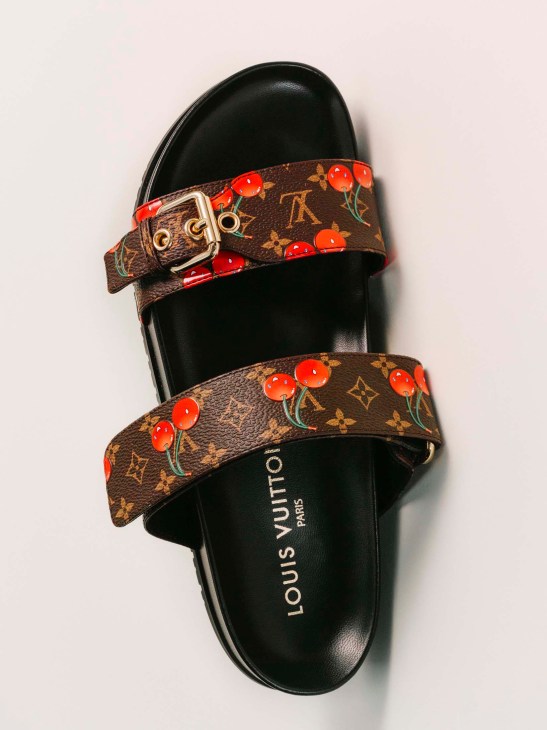
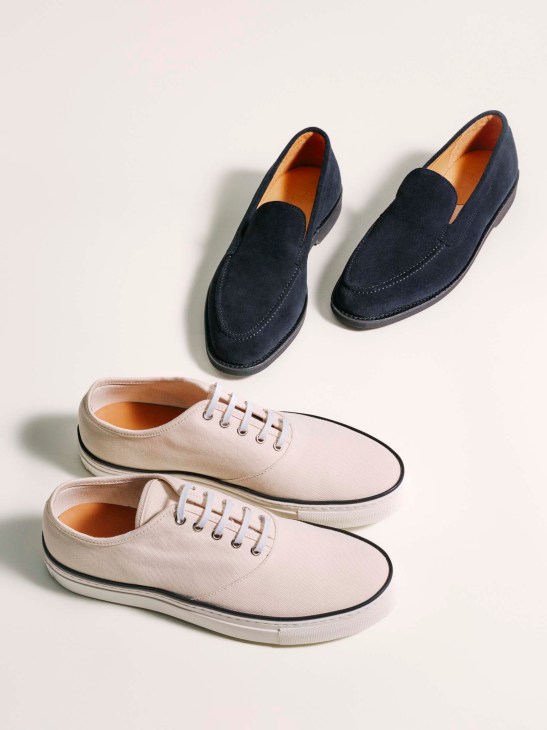

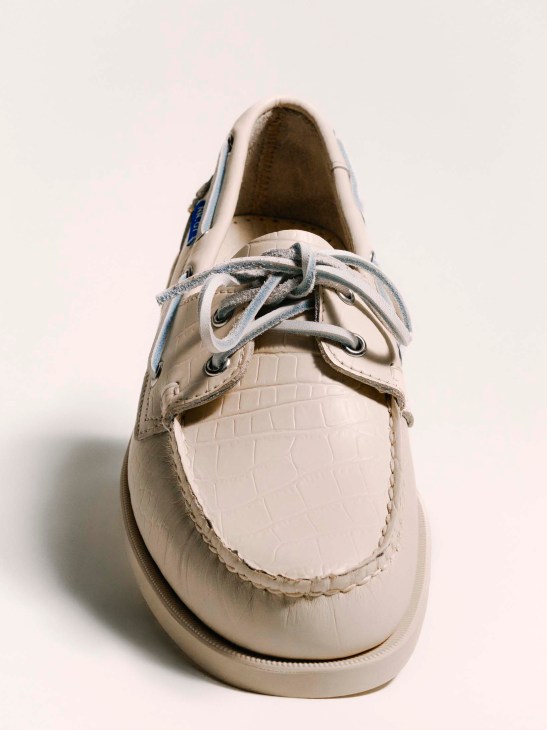

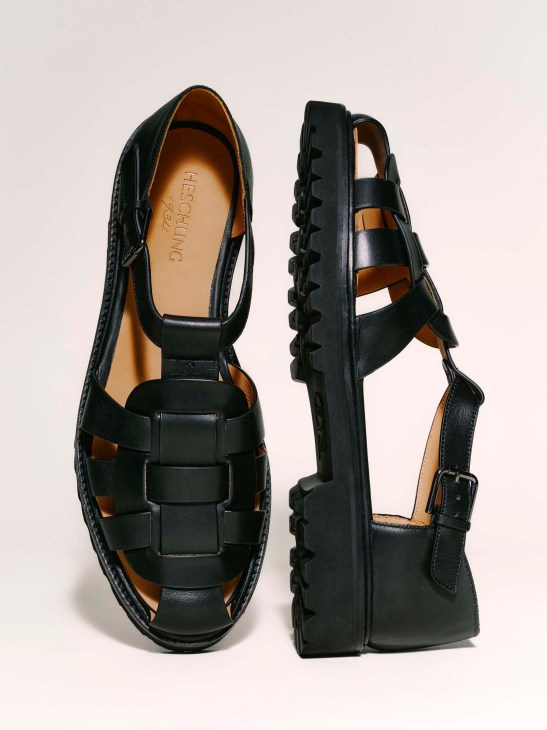

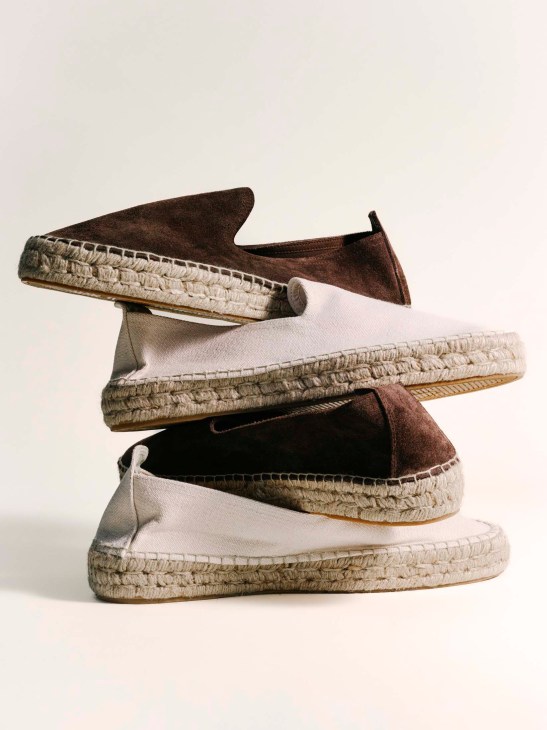
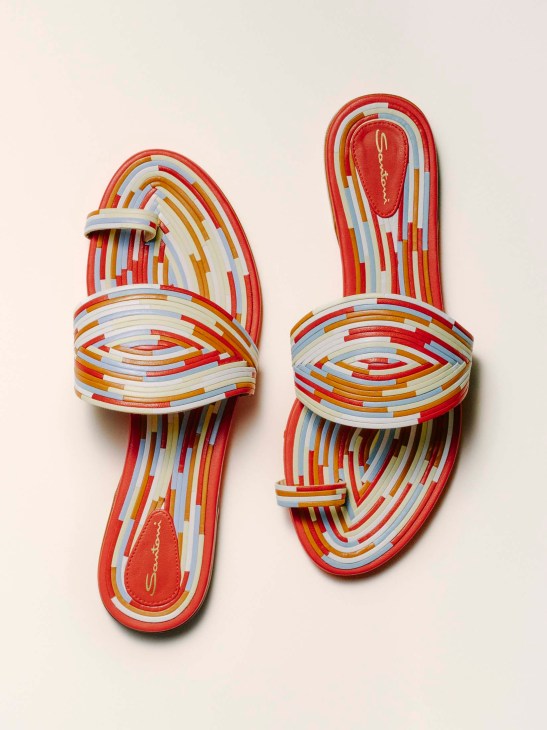
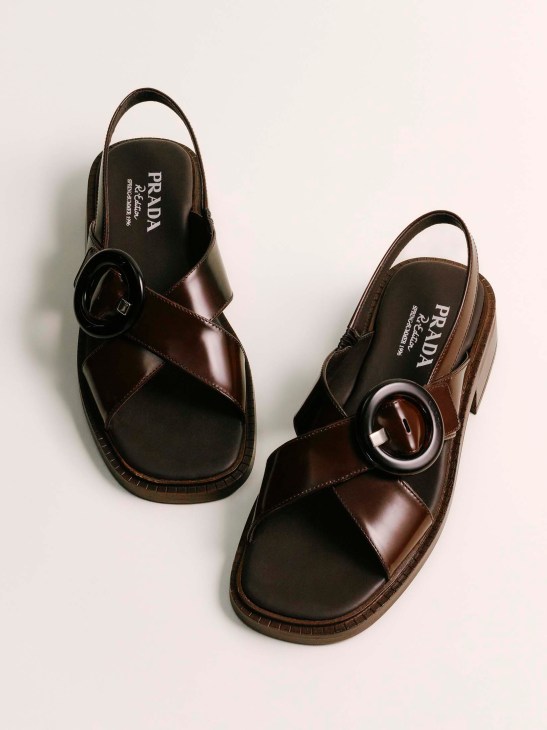
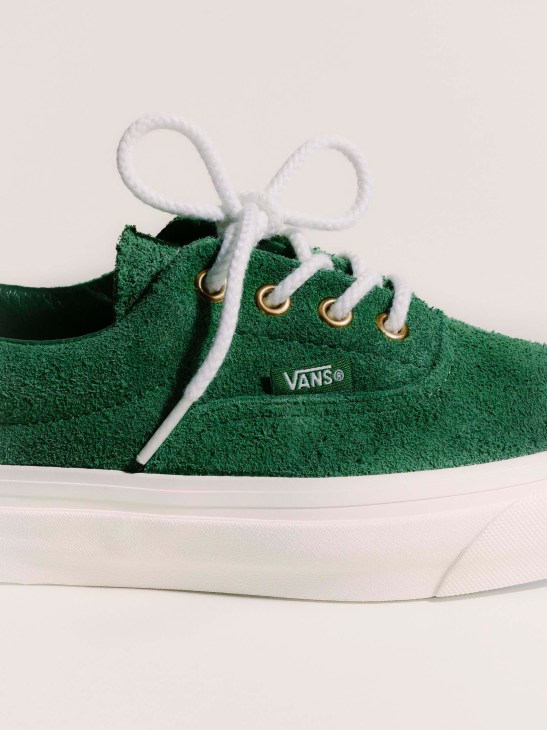
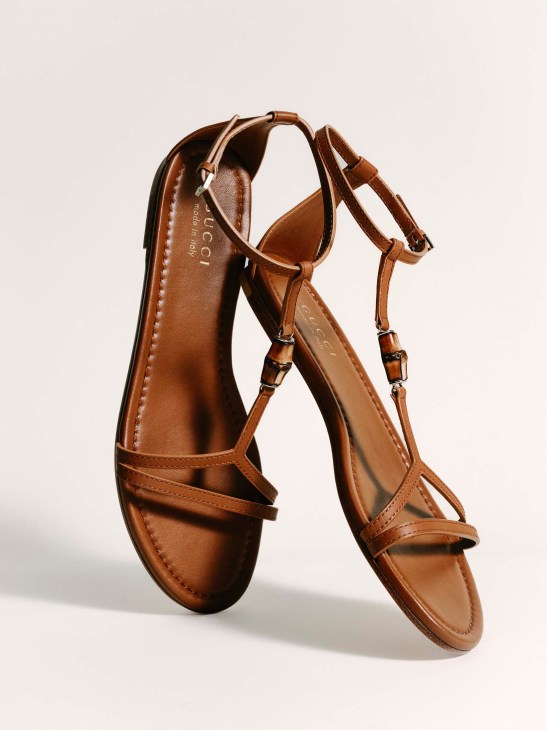
Stylist: Kyoko Tamoto
According to a study by the Centre for Retail Research, thieves target items based on factors such value, uniqueness and desirability. These factors explain why singer Wes Nelson’s Louis Vuitton bag was recently stolen on a train and the Gucci bags of both former pop star Kerry Katona and Kristi Noem, the US Department of Homeland Security secretary, were nicked. At the height of summer, when the streets of Rome overflow with tourists carrying Fendi Baguettes and the Croisette in Cannes is filled with women toting Hermès Birkins, criminals work overtime. The common thread? Handbags – and not just their contents – are hot commodities.
Could the recent failed theft of my man bag while I was travelling to Italy indicate that the style is becoming as big of a hit? I had owned the black cross-body for less than a week and was already enamoured of it, so the theft attempt only added to my hunch that I was onto something. Did I mention that I fought off three would-be muggers?
I was inspired to buy it after seeing Los Angeles-based musician Role Model toting a Miu Miu Aventure bag in his “Sally” video clip earlier this year. I soon couldn’t get enough of the fact that I no longer had to stuff my pockets with keys, sunglasses and a wallet. My unsightly trouser bulges disappeared and I had room to carry moisturiser and cologne too. This is especially handy in the summer months, when enjoying a sense of freedom and lightness feels more important than ever.
The bag also adds to my look. The one that I chose is a technical number from Japanese brand Milesto, which leans towards the functional (in terms of aesthetic, think outdoor brands such as Snow Peak and Arc’teryx). But the pleasure that using it has given me has made me think that I might need to start building a full collection: a casual JW Anderson Bumper for walks around the city; a black Loewe Puzzle for playful nights out; a Saint Laurent Sac du Jour Nano tote for when I’m feeling professional. I now want man bags in a variety of styles, colours, sizes and materials – leather, canvas, nylon – the works. I’m even dreaming of starting a support group called “Blokes with Birkins”, in which members gather to talk about how fellas without man bags don’t know what they’re missing.
I’m aware that for most women (and a few clued-in men) the joy of carrying a well-made handbag isn’t news. But this certainly feels like groundbreaking territory for men. I have plenty of male – admittedly pretty blokey – friends who still laugh at the concept of the man bag and need convincing.
This got me thinking: what other items are staples in women’s wardrobes but only adopted by a small number of men? What else am I missing a trick on? Wearing necklaces isn’t groundbreaking (thanks to octogenarian Italian men wearing their crucifixes and Paul Mescal’s famous chain). I can see that ruffled shirts are having a moment but they aren’t really for my slight frame and neither are leggings.
The opportunity, perhaps, lies in high-waisted trousers. These mostly disappeared from men’s wardrobes in the 1960s but this summer I’m considering grabbing a pair of linen Gurkha trousers that will define my waistline and visually lengthen my legs. Fisherman sandals, normally the preserve of schoolboys and a summer wardrobe staple for women, are no longer a laughing stock, thanks to the popularity of brands such as Birkenstock. I’m thinking of going for the interwoven leather straps of Grenson or Paraboot, which are ideal for both casual and formal environments. My only concern is that a tasteful thief will try to steal them – but they’re not getting them without a fight.
Whether you want to soak up the sun or cool off with an ice-cold spritz in the shade, Monocle has rounded up the outdoor furniture and terrace-ready homeware that will help you make the most of the season’s long days and balmy evenings.
These chairs, tables, ice-cream cups and more will be perfect accompaniments to brightly coloured apéritifs, tasty tidbits and sizzling barbecues that beckon as dusk descends. Summer is fleeting, so relish every sunny second in style.

Berlingot glasses and carafe
by Laguna B
Italy
Murano-based Laguna B’s striped glasses and carafe will bring Venetian flair to your cocktail hour or table setting.

Embrace outdoor dining chair
by Carl Hansen & Søn
Denmark
For Danish design company Carl Hansen & Søn, Vienna-based design studio Eoos created this supremely comfortable outdoor dining chair that hugs the body’s contours. Made from untreated teak, the chair will develop a distinctive patina over time, making it uniquely yours for this summer season and many more to come.
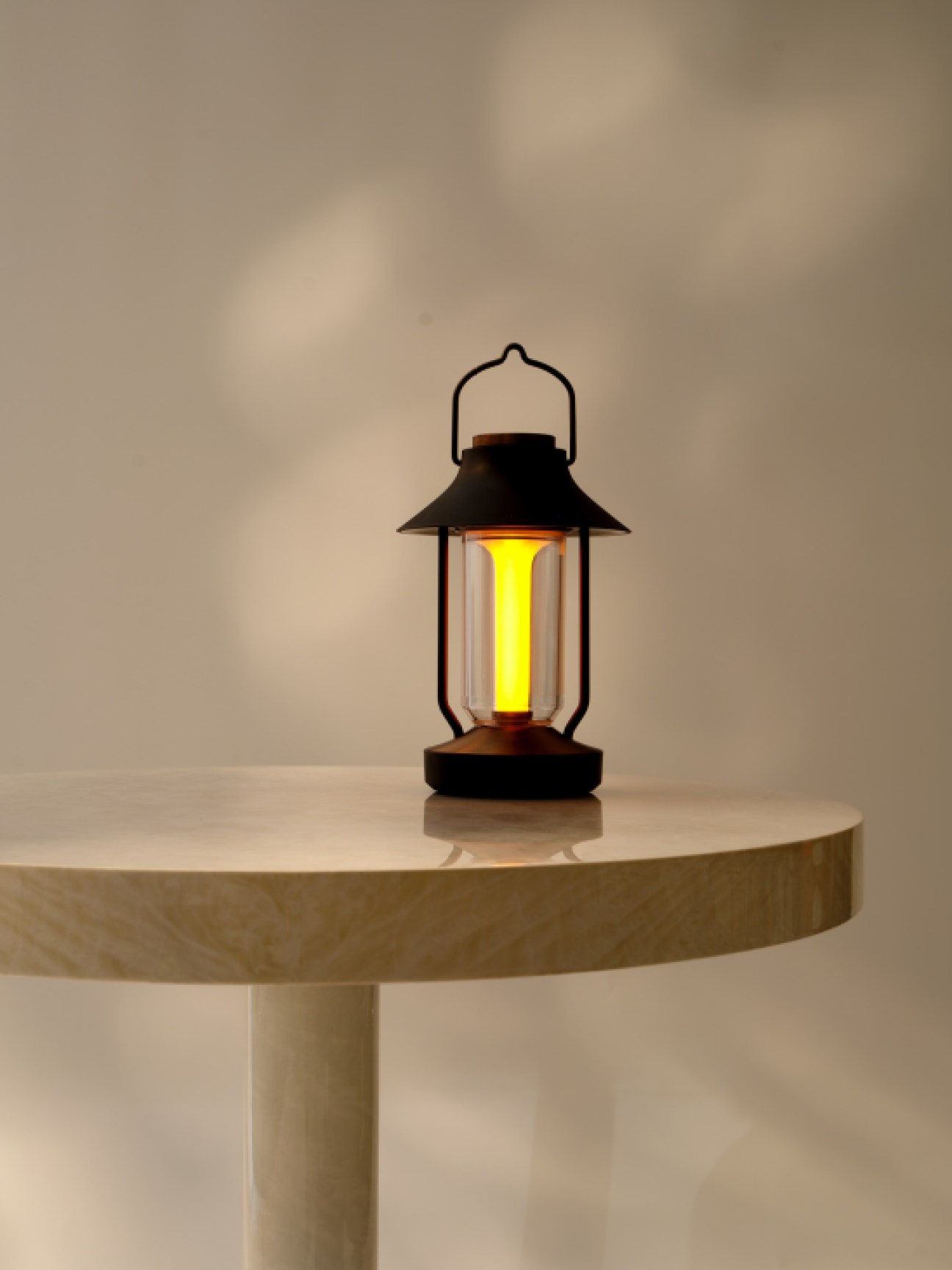
The Classic table lamp by Lumena for The Monocle Shop
South Korea
When the sun sets but the drinks keep flowing, a little ambient lighting will go a long way. Crafted with precision by South Korean lighting experts Lumena, in partnership with The Monocle Shop, this handy lamp can stand on its own or be unscrewed from its base so that it can be hung like a lantern.
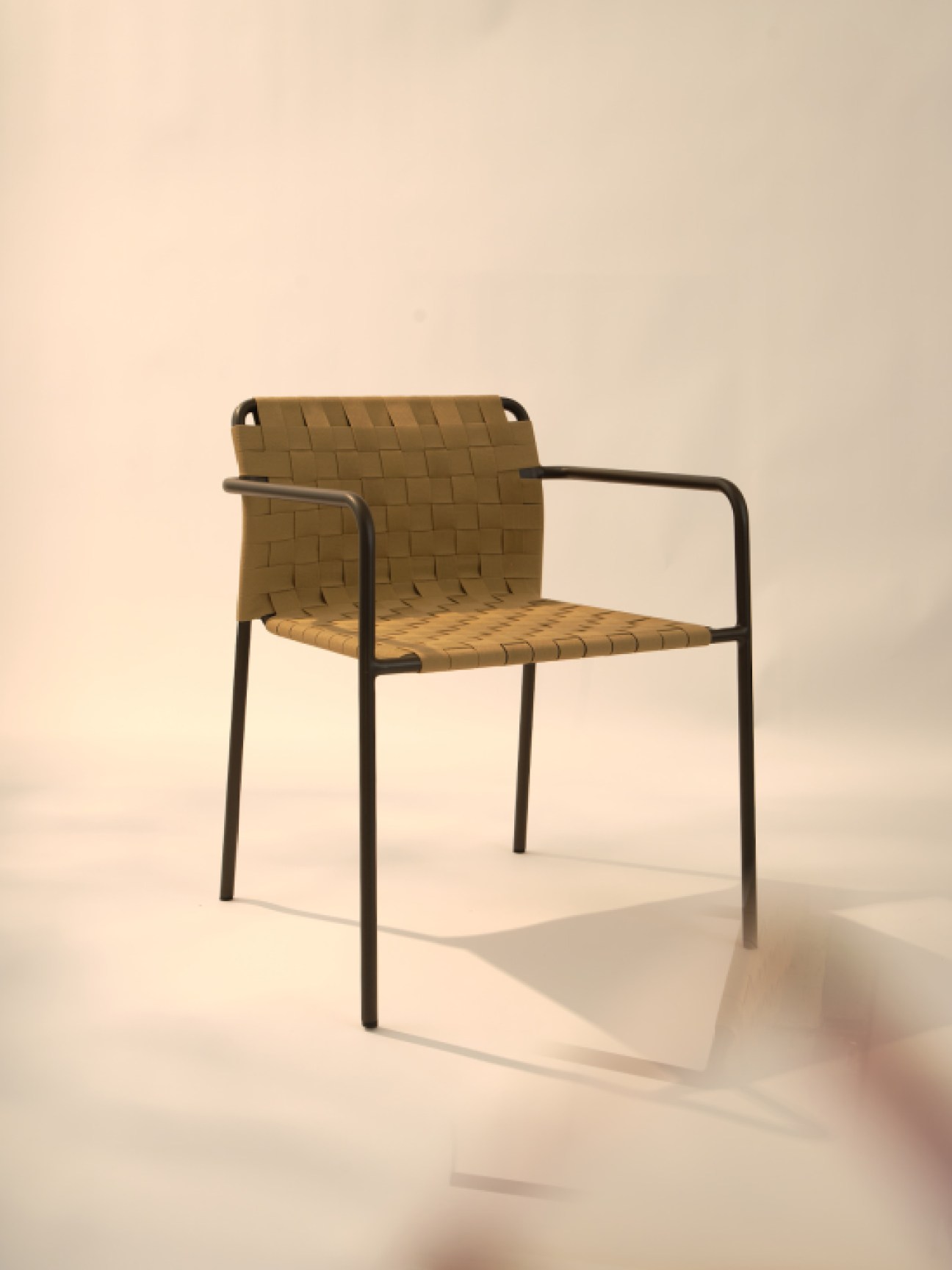
Costa chair by Andreu World
Spain
Andreu World’s Costa chair’s characteristic double-cinched woven seat and backrest beckons, unfussy and unphased, offering the perfect spot to rest even if still dripping from the pool. The fresh and resistant fabric is ideal for outdoor or indoor use so there’s no need to be restricted to one or the other.
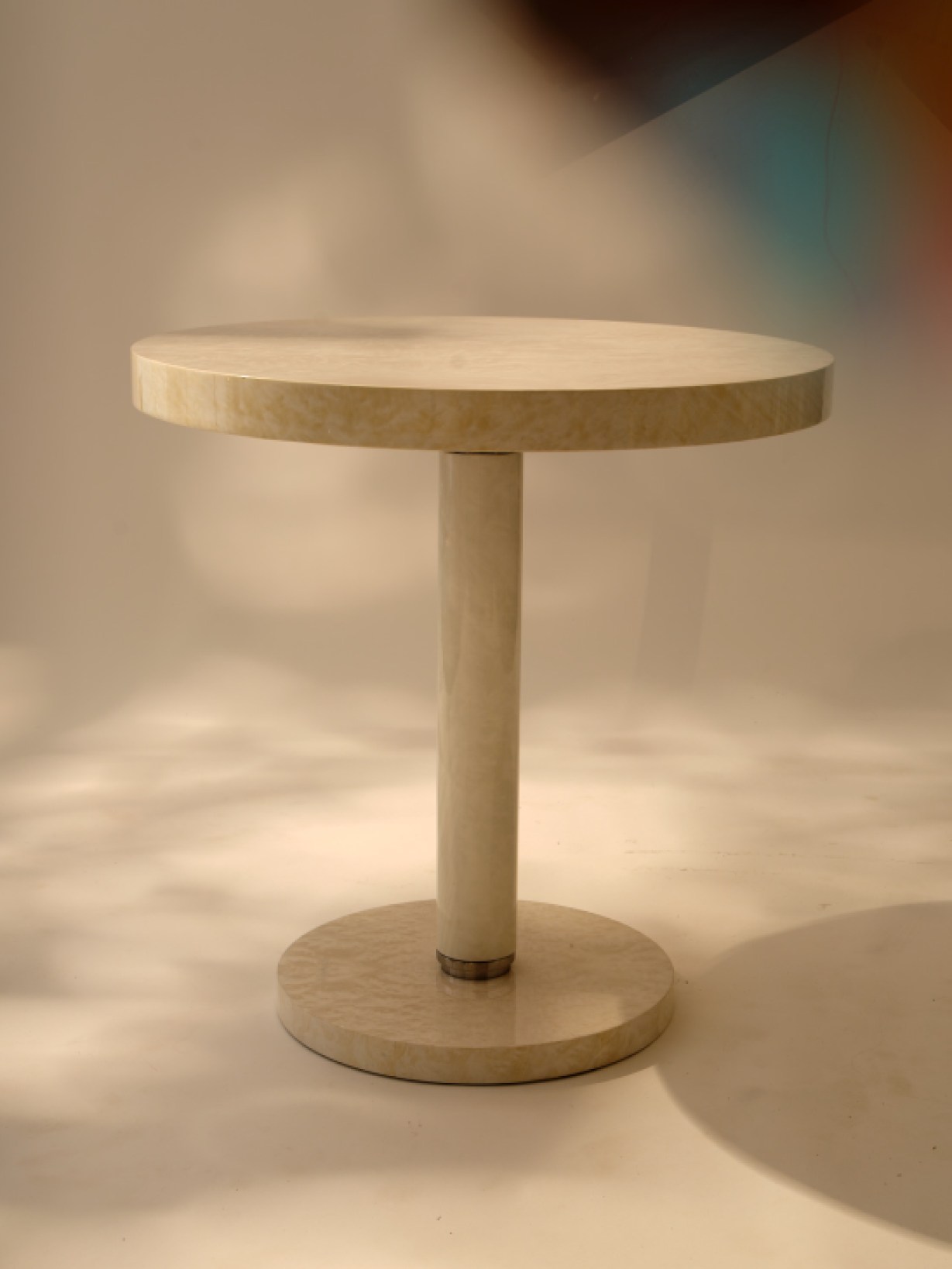
Atena side table by Dolce & Gabbana Casa
Italy
Nobody does aperitivo hour like the Italians. Case in point: Dolce & Gabbana Casa, the design and homeware subdivision of the Milan-headquartered fashion house. Its Atena side table, made from gloss-finished wood with a sturdy steel stem, is meticulously polished and pleasingly curvaceous. Drag it out onto the terrace to support drinks and snacks until it’s time for dinner.
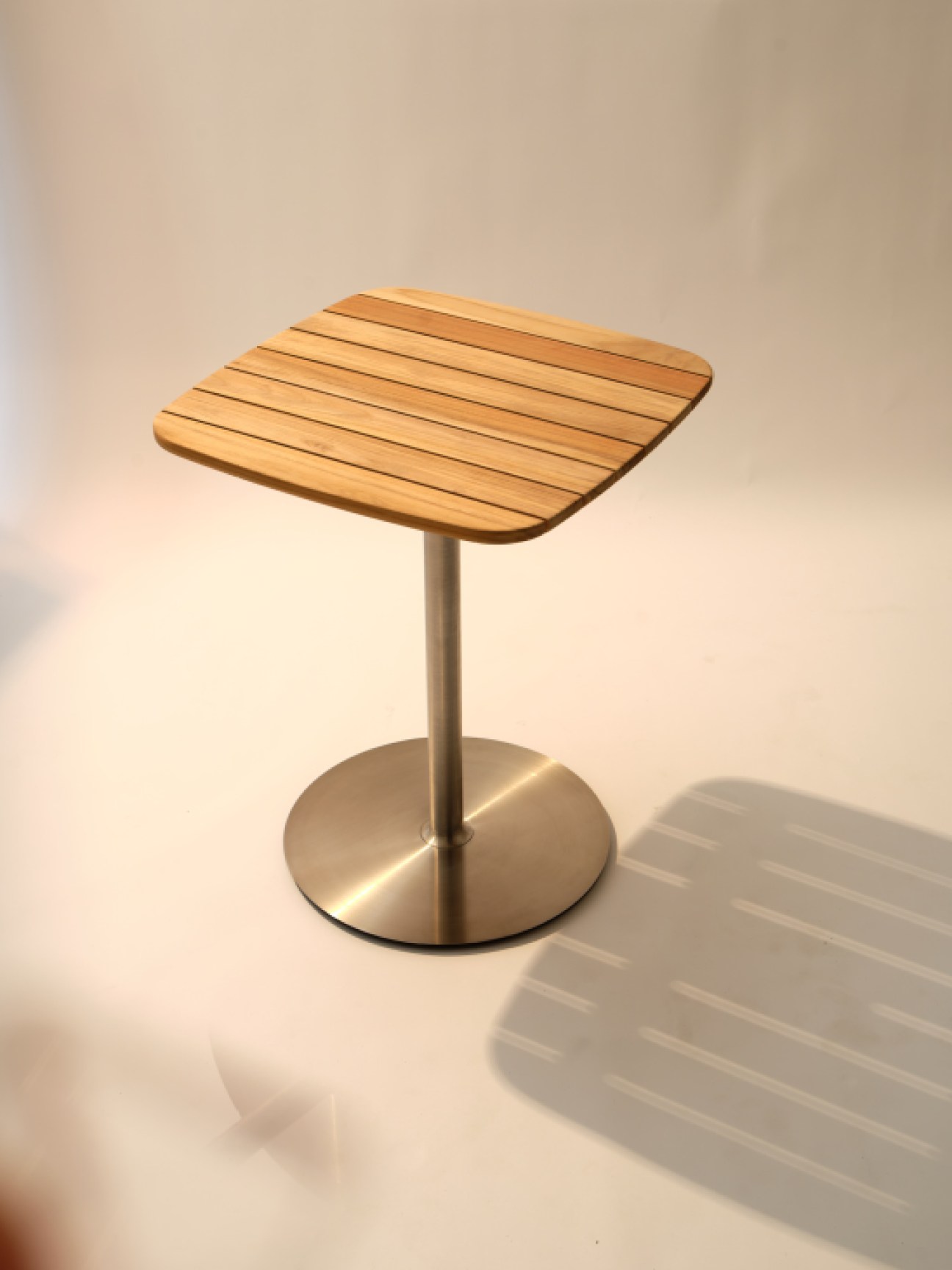
Solas café table by Case
UK
British designer Matthew Hilton’s refined café table is the perfect place to perch an icy spritz. The evenly keeled stainless-steel base and teak-slatted tabletop will ensure nothing can topple your summer tipple.
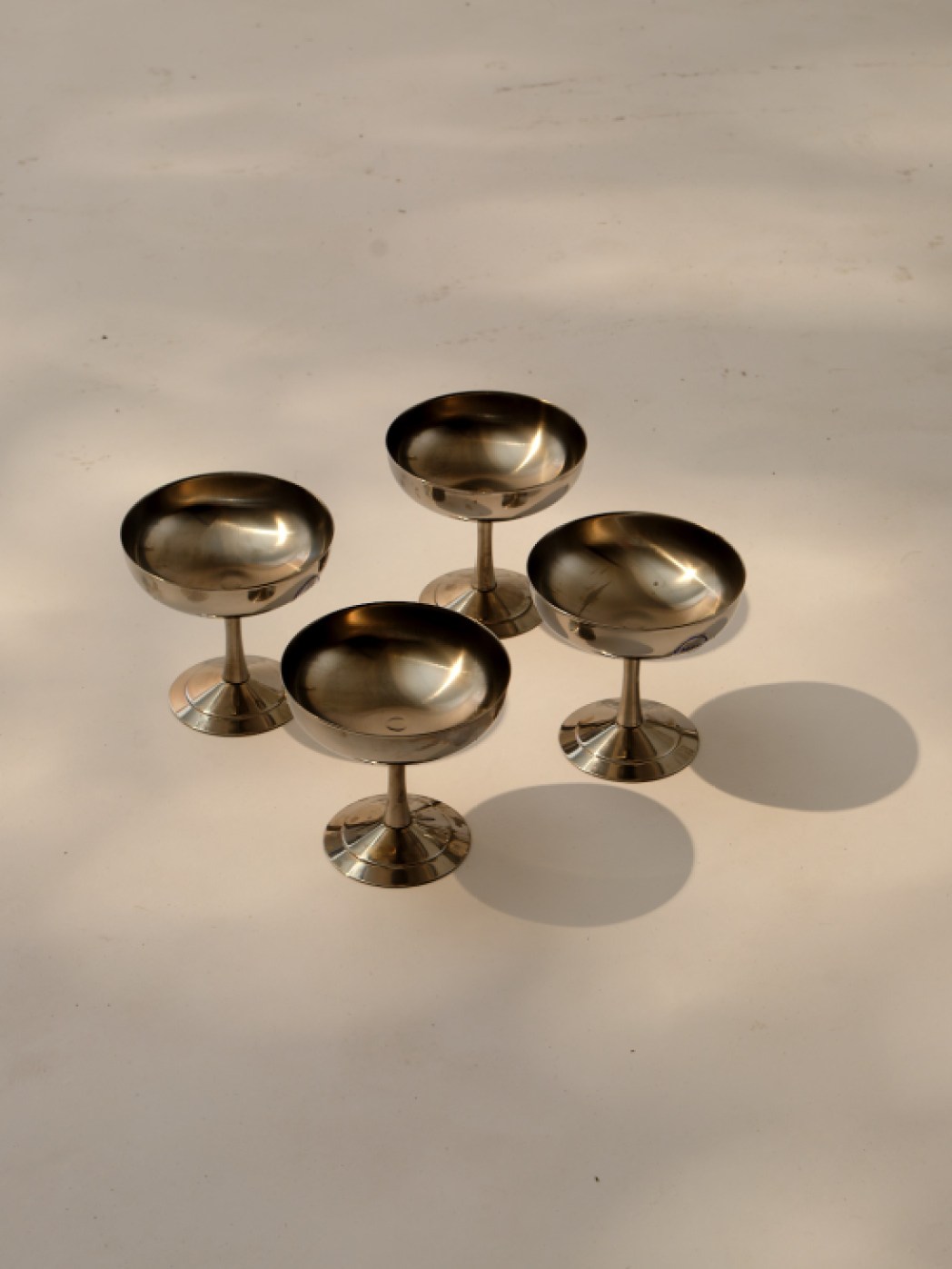
Italian ice cups by Hay
Denmark
Danish design firm Hay’s Italian-made ice-cream cups are worthy of the creamiest pistachio gelato or freshest raspberry sorbet. Constructed from stainless steel with a slim stem and rounded bowl, they’ll have you hankering for a chilled dessert every day of the warmer months.
hay.dk
Antonio Patriota, the Brazilian ambassador to the UK, is no stranger to the pages of Monocle – last year he met with our foreign editor to discuss repairing Brazil’s international reputation. He now returns with a very different agenda: an album release. A mix of samba, blues and fado, the diplomat’s record, Meio do Céu, hit the airwaves in June 2025. Patriota met with Monocle Radio’s senior correspondent to talk about his musical turn.

Is streaming a first for a sitting ambassador?
I wouldn’t bet on that – many of my colleagues also play an instrument. I’m not a professional musician but I studied classical piano when I was growing up and I’ve always had the desire to compose and produce music. The professional-quality recordings are thanks to my producer Léo Gandelman, a renowned saxophone player in Brazil.
Did you ever feel that you had to choose between music and diplomacy?
I have to confess, I didn’t love the idea of working in diplomacy – it felt a little too determined by protocol and unwritten rules. My father was a diplomat, so I grew up travelling around the world and living in different countries. I have always loved music, art and the humanities – but at some point I realised that I was also intrinsically Brazilian, and it would be a good fit for me to work for the country.
Is your stage name, Tonio de Aguiar, a way to separate your two roles?
Absolutely. I decided to create a different persona for my musical work. Tonio is a nickname that my siblings used to call me and Aguiar is my middle name.
‘Luz-o-fonia’ is a personal favourite from your album, it’s a song about our lusophone brothers in Portugal. Which are your favourites?
I’m proud of that song. I haven’t heard another a song that mixes the blues and fado, a genre of Portuguese music that I find very beautiful. One evening I was walking with my wife through the old streets of Lisbon and the melody came to me.
My single “Beyond Mountains” is a tribute to the doctor who created a non-governmental organisation called Partners In Health, and saved countless lives in Haiti and Rwanda. He died a few years ago and I was very saddened by his premature passing. I wrote this song to commemorate him with a little bit of gospel and a little bit of pop.
You’ve spoken about music as soft power – do you see your creative work as an extension of your diplomacy?
Diplomacy, to a great extent, is soft power. When you travel and represent your country abroad, you have to be sensitive to the local culture. London has been a really exciting location because I’ve always been a fan of British rock – especially The Beatles and The Rolling Stones. It’s also a city that welcomed some important Brazilian musicians during our military dictatorship, such as Gilberto Gil and Caetano Veloso.
You also recently published a book, ‘A Humanist Foreign Policy for a Multipolar World’. What are you hoping that readers take away from it?
It’s a collection of essays that I’ve written over the past decade. My objective is to share with an English-speaking public how Brazil is navigating the transition towards a more multipolar world order and geopolitical distribution of power.
‘Meio do Céu’ is out now, as well as Patriota’s book, ‘A Humanist Foreign Policy For a Multipolar World’. You can listen to the full interview on ‘The Monocle Weekly’.
Is the world’s leading research-and-development (R&D) nation scaring away its best and brightest? As relations between the Trump administration and American universities grow increasingly confrontational – and sweeping cuts to government funding put thousands of scientific jobs in limbo – up to 75 per cent of US-based scientists say that they are considering leaving the country.
But the US’s loss could be Europe’s gain. The number of top researchers looking for a more welcoming environment is just the opportunity to start closing the R&D gap that has long existed between the Old Continent and the US.
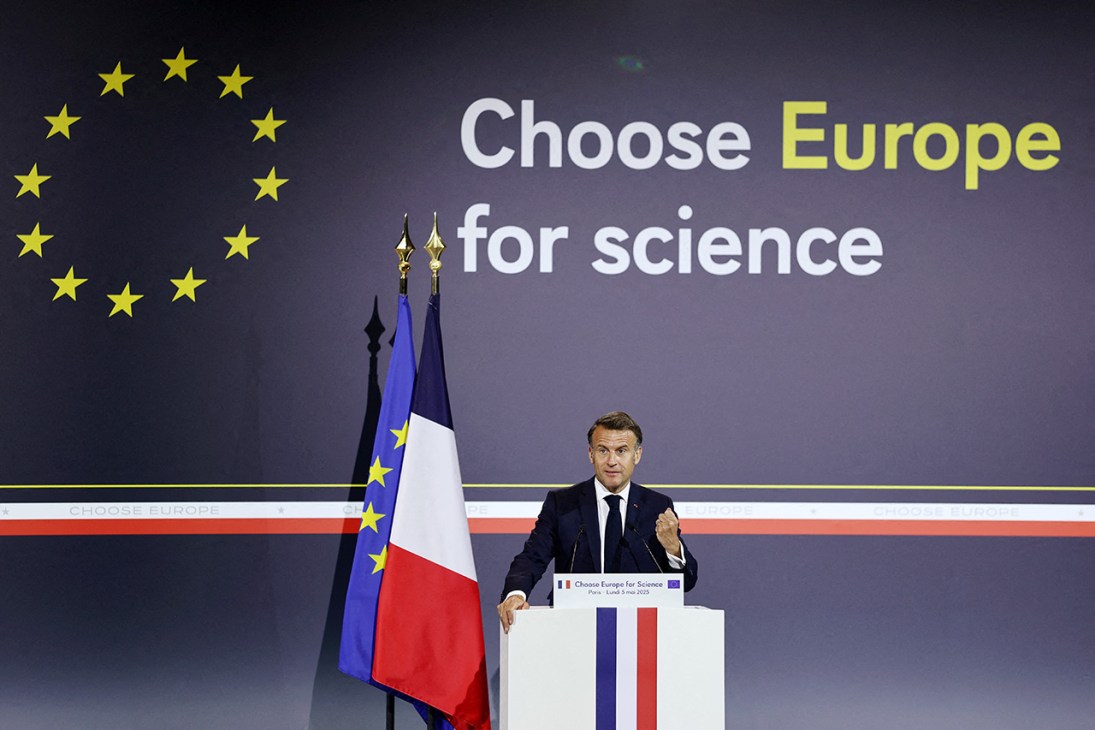
Andrew Michael Liebhold is one such example. After almost four decades at the US Forest Service (USFS), the invasive species expert accepted an offer to become chief scientist at the Czech University of Life Sciences in Prague, which funded his position with the help of investments by the European Commission.
“It turns out that I got out just in time,” Liebhold tells Monocle. A few months after his move, his previous department at the USFS – with roughly 1,500 staff, nearly a third of whom hold doctorates – came under threat when the Trump administration proposed major cuts to its funding by 2026. “I’ve received phone calls from former colleagues who are afraid they will be out of a job soon.”
The USFS is far from the only example. The National Oceanic and Atmospheric Administration (NOAA), which conducts critical climate studies, is also being targeted by the White House. Meanwhile, the National Institute of Health (NIH), which has supported some of the highest-quality research on healthcare and medicine, has already cancelled nearly $2bn (€1.7bn) in federal grants to US institutions. The breadth and depth of these cuts has led to thousands of scientists and researchers losing funding for their studies – and even their jobs. “The Trump administration’s logic seems to be that if we don’t research an issue, then it will go away – at least from the public sphere,” says Liebhold.
France has been especially active in efforts to capitalise on the uncertainty in the US. In 2017, Emmanuel Macron called on nations to “Make our planet great again,” inviting US climate scientists to work in France, after Donald Trump pulled his country out of the Paris Climate Accords. In May this year, France also launched a new national programme called “Choose France for Science”. Macron has since announced that additional funds would draw scientists from across disciplines, insisting that his nation “must become a refuge”.
A spokesperson for The Agence Nationale de la Recherche (ANR), the French government agency in charge of the programme, told Monocle that “over 15 per cent of researchers who work in France today are foreign nationals.” The ANR’s new initiative aims to recruit about 100 foreign scientists, and they have said that Choose France for Science will give even more visibility to French research capacity, as well as attract the best scientists in the world.
Aix-Marseille University in the south of France has already welcomed new US recruits – and is set to hire more. “Our colleagues in the US are restricted in their academic freedom,” says the university’s president, Eric Berton. “It’s in reaction to this that we have created our programme to grant them scientific asylum.” To date, the university has received hundreds of applications from researchers at institutions including Columbia, Harvard, MIT and Nasa.
But that doesn’t mean the research landscape will shift overnight. Many senior researchers – even Europeans – are staying put, even if it means thinking outside the box to make up for lost public investment.
Columbia geophysics professor Paul Gentine is one of the researchers with no plans to move, telling Monocle that “it’s great that Europe has put in place incentives so quickly, but there isn’t the capacity yet to absorb all of this research capacity.”
For many scientists who are out of a job, or fear that they soon will be, the prospect of a fresh start in Europe will appeal, despite lower salaries and budgets. With France even considering a scientific refugee status as a result of the US exodus, the country is laying the groundwork to capture that talent. While the US shoots itself in the foot, Europe might receive a shot in the arm.
Bouvier is Monocle’s Paris bureau chief
Thailand has once again found itself in a political crisis. The Constitutional Court has suspended prime minister Paetongtarn Shinawatra pending an investigation into her conduct and protestors are taking to the streets to demand her resignation. Meanwhile, Shinawatra’s Pheu Thai party is under pressure from the opposition to call fresh elections or face a vote of no confidence. As tensions in Bangkok rise, talk of military intervention is back in the news, raising the prospect of another Shinawatra-led government ending in a coup d’état.
Amid the mayhem, Pita Limjaroenrat is stepping back into the spotlight to publish his political memoir, The Almost Prime Minister. Limjaroenrat was the former leader of Thailand’s now defunct Move Forward party and was on course to become the kingdom’s prime minister after the most recent election in 2023. However, he too was suspended by the Constitutional Court and was later banned from politics for 10 years. Pheu Thai finished second to Move Forward and went from supporting Limjaroenrat for prime minister to leading its own coalition government, which is now teetering on a knife’s edge.
Monocle sat down with Limjaroenrat in Bangkok to discuss the political merry-go-round, neighbourly chats with the former prime minister of New Zealand, Jacinda Ardern and the chances of the People’s Party (the successor to Move Forward) winning the next election.
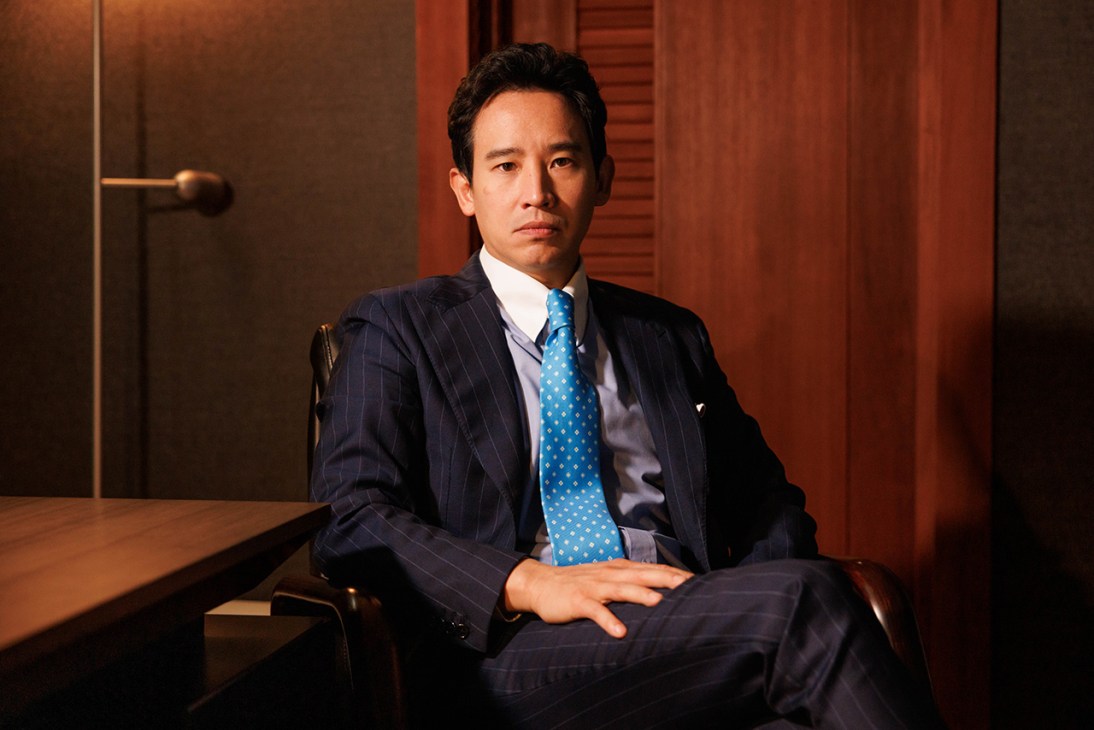
What have you been doing since you almost became prime minister?
I went to Boston to become a senior fellow at Harvard University. My ban [from Thai politics] is for 10 years and I have nine more years to burn, so I’m travelling the world and trying to help the next generation of leaders.
It sounds like you would still like to be prime minister one day.
I’m waiting for my time. I want to bring about the reforms that I promised two years ago for the people who voted for me. But if Thailand changes in the next nine years, I won’t need to return.
Are you feeling slightly glad that you’re not prime minister right now?
No, not really. I had lots of things that I wanted to achieve and I’m really disappointed that I couldn’t fulfill any of them. Thailand needed a strong government to deliver and we had the mandate for it. Unfortunately, Pheu Thai didn’t come through.
What do you make of the Thai government’s current crisis?
Thais want the prime minister [Paetongtarn Shinawatra] to resign because she has neither the common sense nor the efficiency to take on the challenges that the country is facing. That’s the zoom-in part. But the zoom-out part is that Thai politics is deadlocked by design. It was organised by the military junta to ensure that the constitution includes mechanisms for changing the election outcome. That happened to me and it’s what’s hitting her as well. The judiciary is clearly outperforming the other branches of government.
Could there be another military coup in Thailand?
That is a possibility because of the normalisation of coups. Something that’s abnormal has become quite normal in Thailand. It’s really up to us Thai to make sure that we don’t allow that to happen.
What prompted you to write a book about your experiences?
When I moved to Boston, my neighbour was Jacinda Ardern. She was writing her political memoir and she inspired me to do the same. Another person [who influenced me] was Sanna Marin, the former prime minister of Finland. We met in South Korea and she was also writing her memoir.
Did you genuinely believe that you had a shot at becoming prime minister?
I’m a finance guy, so I had my scenario analysis. I thought that there was a 15 per cent chance that I wouldn’t become prime minister. We had to plan for this outcome and we tried every single resource to make sure that it didn’t happen. Obviously it did happen – but I wasn’t naive. I didn’t assume that we’d get the chance to govern just because we got the most votes.
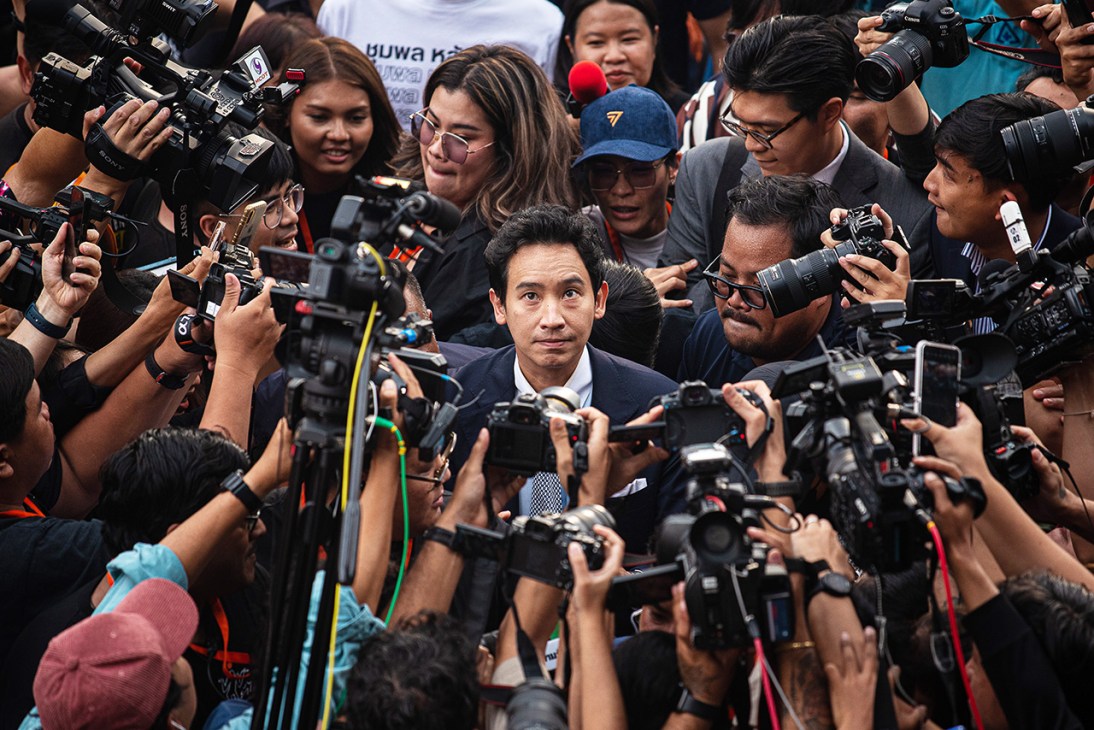
When did you realise that it was all over for you?
There was a brown envelope on my desk in the parliament informing me that [the Constitutional Court] was suspending me and that it was going to take its time. They suspended me for six months. Thailand needed a leader, so that’s why Srettha Thavisin stepped up and became the prime minister, even though he didn’t win the votes.
Could you or your party have done anything differently to change the outcome?
I would have done the same but with more detailed explanations. Before the election, I would have met with our supposed opponents – whether that’s the military, the monopolies or the media – looked them in the eye, answered their questions and explained to them what we wanted to achieve. That’s what we need to do now: open a dialogue.
Can a clean political party win power?
Absolutely. I feel like we have found the secret sauce. I teach about it at Harvard – I call it “precision politics”. To precisely employ your resources without using a lot of money, you need to use the “four Cs” framework. Is our candidate strong? Is the competitor weak? Is the constituency relatively young? And has our vote count gradually increased in the past four years? We prioritised 160 districts in Thailand based on precision politics and won 151 of them.
Do you worry about your supporters losing faith?
Voter fatigue is something that we are worried about and you never know what’s going to happen in Thai politics. Our poll numbers are very good but the ruling elite is cooking something up – I can smell it from the Sukhumvit area. They want to make sure that the choice of the majority does not translate into a government. The election is the last contest that we have a chance of winning. If the voting turnout is below 70 per cent, I can guarantee that we’re not going to win. If the voting turnout is more than that, we have a chance to win – and win big.
What leadership advice would you give to your successor, Natthaphong Ruengpanyawut?
Take your time. It’s a crystallisation process that takes time, pressure and heat. Take the pressure, take the heat and take your time and then you’ll be able to shine like a diamond. When I started, my poll numbers were at three per cent and I ended up with 46 per cent. He’s already at 31 per cent and will emerge as an appropriate leader for Thailand.
As heatwaves stretch longer, affecting more people and cities across the world, many centres of human life are becoming increasingly unliveable. More greenery, shade and water would help but these alone aren’t enough. We also need cool spaces where the temperature, noise and light levels allow our bodies to rest. Fortunately, bringing urban temperatures down is a challenge that humanity has faced for millennia and there’s a lot that we can learn from ancestral technologies. For example, ancient Persian structures such as the yakhtchal or badguir offer effective but low-technology design solutions.
A yakhtchal is a vast communal fridge built from porous materials (eggshells, ground plants and even goat hair), designed to hold ice harvested in winter and keep food cool during summer. A badguir is a wind tower that catches hot air, channels it towards cold underground water, then circulates the cooled air back into living spaces: passive air conditioning making use of climate knowledge, materials and physics.
As a designer and artist, I have tried to reinterpret some of this thinking for today. With architect Imma Sierra, I designed a piece called “Pavillon de l’air”, a covered bench in a semicircle with a slanted fabric roof providing shading throughout the day. The roof is coated in beeswax, which allows rainwater to flow down ventilated terracotta walls below, where it’s stored. When heat warms the hollow bricks through which air can flow, the water is released, cooling the structure through evapotranspiration. The properties of the pavilion’s materials bring temperatures down without electricity.
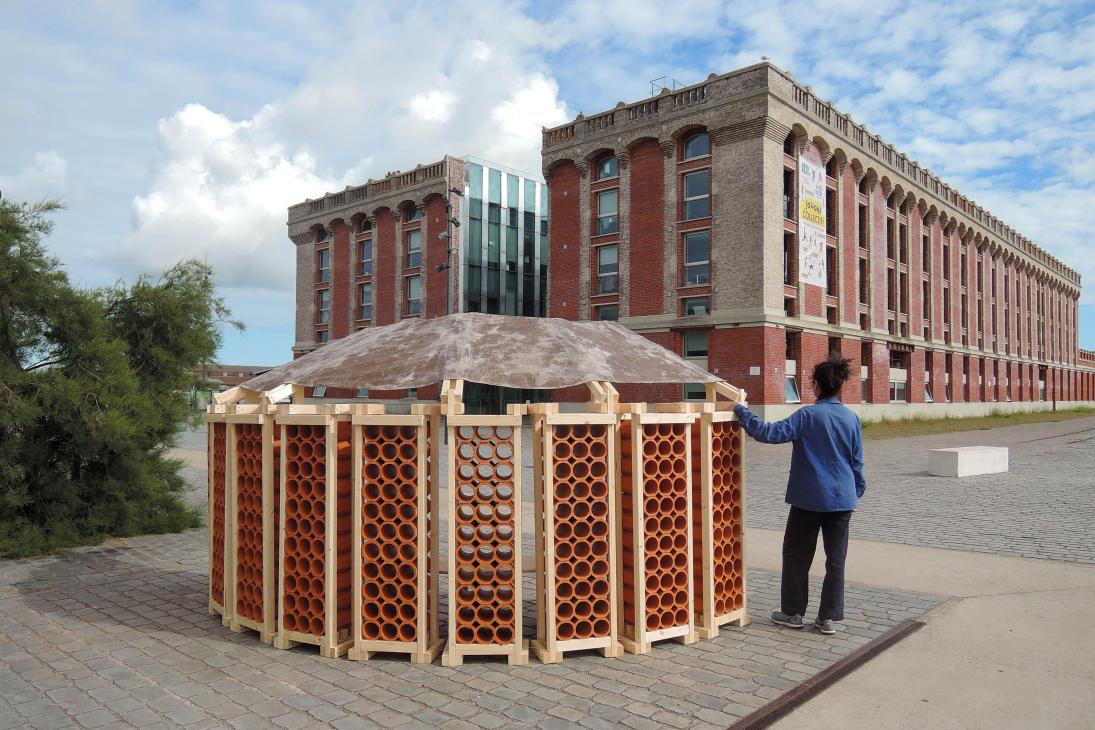
We also need to make more use of underground spaces. Beneath the streets of Paris (topping Monocle’s 2025 liveable cities index), for instance, there are old railway tunnels, underground chambers and more. These places – La Petite Ceinture, the quarries and catacombs – are naturally cool and quiet. We explored these subterranean locations for a project called “14C”, another collaboration with architect Imma Sierra, which we are showing at this year’s Venice Biennale. Though often inaccessible or neglected, such spaces have enormous potential as sanctuaries from extreme heat. By incorporating elements such as natural light, reflective surfaces, plants and art, we could turn them into inviting underground piazzas where people can gather, cool down and reset.
I collaborate a lot with scientists to ensure that my projects are grounded in data. This was how the “14C” project discovered that the temperature beneath Paris stabilises at a depth of 10.84 metres, a fact that could inform the creation of effective and sustainable cooling solutions in the future.
Though I like low-technology solutions, I’m not against innovation (“14C” wouldn’t have been possible without thermal-imaging cameras). Electric cars reduce noise pollution. Ancestral technologies and new ones don’t need to contradict each other. We must combine ancient and cutting-edge design, with a little more attention given to simpler solutions.
We hear a lot about smart cities but those conversations shouldn’t just be about sensors and data. A yakhtchal, a shaded piazza, a quiet underground tunnel that’s open to the public – all of these are smart. Climate resilience can come from new technology but also from making the most of what already exists: the sun, the wind, the materials at hand.
Read next: Monocle’s 2025 Quality of Life Survey: The world’s 10 most liveable cities
About the writer:
Clémence Althabegoïty is a Paris-based designer and visual artist. She is exhibiting her video installation “14C” at the 2025 Venice Biennale. As told to Monocle Paris bureau chief Simon Bouvier.
This essay originally appeared in the fifth installment of Monocle’s Companion series – browse the entire series in our shop.
You can’t deny it – 95 per cent of public art is bad. It’s a shame because it can spark conversation, connect communities and provide inspiration in ways, and on a scale, that a museum or gallery could only dream of. Civic sculpture has always been intertwined with the act of solidifying political, religious and social power. Today, however, it’s mostly a way for local governments and property developers to feign interest in the community in an attempt to spruce up a new development or motorway intersection.
The worst example of municipal art must be the CowParade and its many copycat projects. And you can blame the Swiss for that. In 1998, Zürich-based artistic director Walter Knapp invented the original concept of the cow parade in an exhibition called Land in Sicht (roughly Countryside in View). Since then, similar kinds of fibreglass sculptures have been commissioned to artists to decorate and to deposit in cities around the globe. There are dolphins in Atlanta, owls in Birmingham, dragons in Norwich, cats in the Catskills and lobsters in Nova Scotia. Painted animal statues now populate far too many cities. Some people seem to think that these figures encourage tourism and civic pride. “Buddy Bears”, for example, were created by Austrian sculptor Roman Strobl at the behest of German business couple Klaus and Eva Herlitz. The aim of these animals was to provide “an international symbol of collaboration between nations of what can be achieved when we work together toward a better tomorrow.” They stand across Berlin with their arms outstretched, friendly, optimistic – and truly bad.
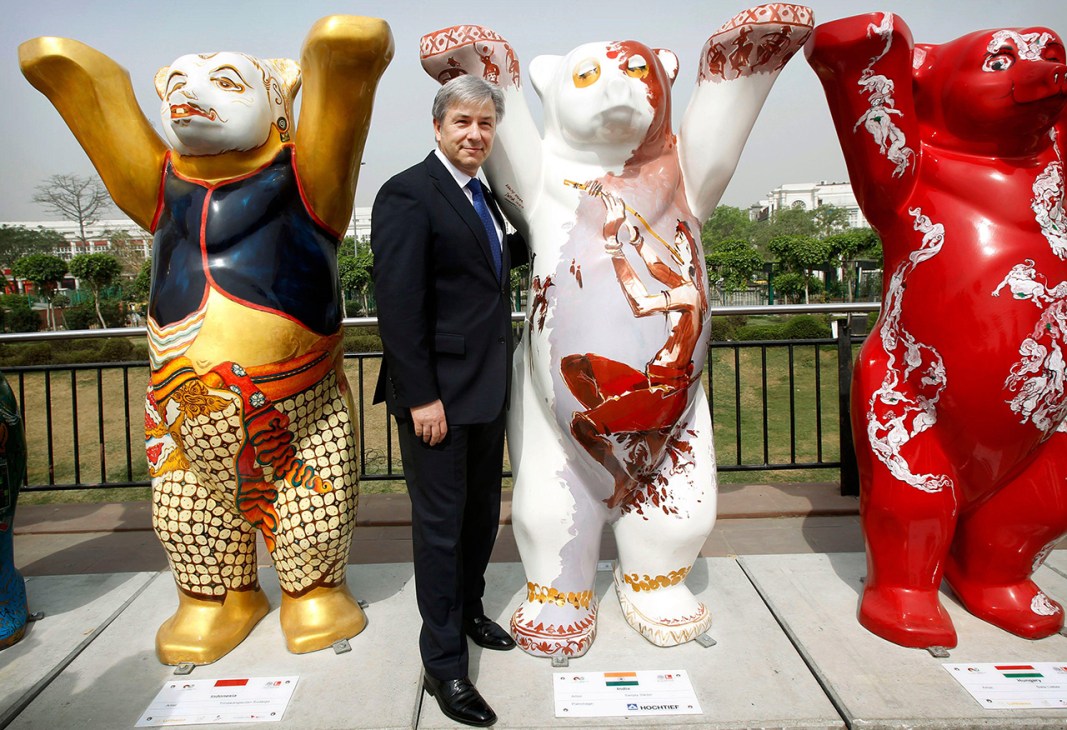
But there are plenty of wonderful, thought-provoking exceptions. Jean Tinguely’s whirling fountain near the Centre Pompidou in Paris; the Barbara Hepworth relief on John Lewis on London’s Oxford Street; David Hammons’ haunting pier-structure “Day’s End” in New York; Paul McCarthy’s delightful Santa with butt plug in Rotterdam and Oslo. Richard Serra, Gelitin, Isamu Noguchi, Ruth Asawa and Daniel Buren have all also created great public artworks. These are works that help a city to define itself. They bring humour, intelligence and beauty to their locations and have the power to lionise communities and transform urban space into a canvas. They make us experience our surroundings in a different way.
Anish Kapoor’s 2006 “Cloud Gate” at Chicago’s Millennium Park was the pinnacle of the big tourist-destination sculptures. A highly polished, 110 tonne curvaceous blob, measuring 20 metres long and 13 metres wide. The zen-like mercurial work is surprisingly joyous to look at in person, the sky reflecting in its ultra-shiny exterior. Even CowParade had a redeeming moment when David Lynch created a headless cow with entrails pouring out of its fibreglass body, etched with the words “EAT MY FEAR” in 2000. It was rejected from the official CowParade by the city of New York but was given a temporary home in Stockholm in 2004.
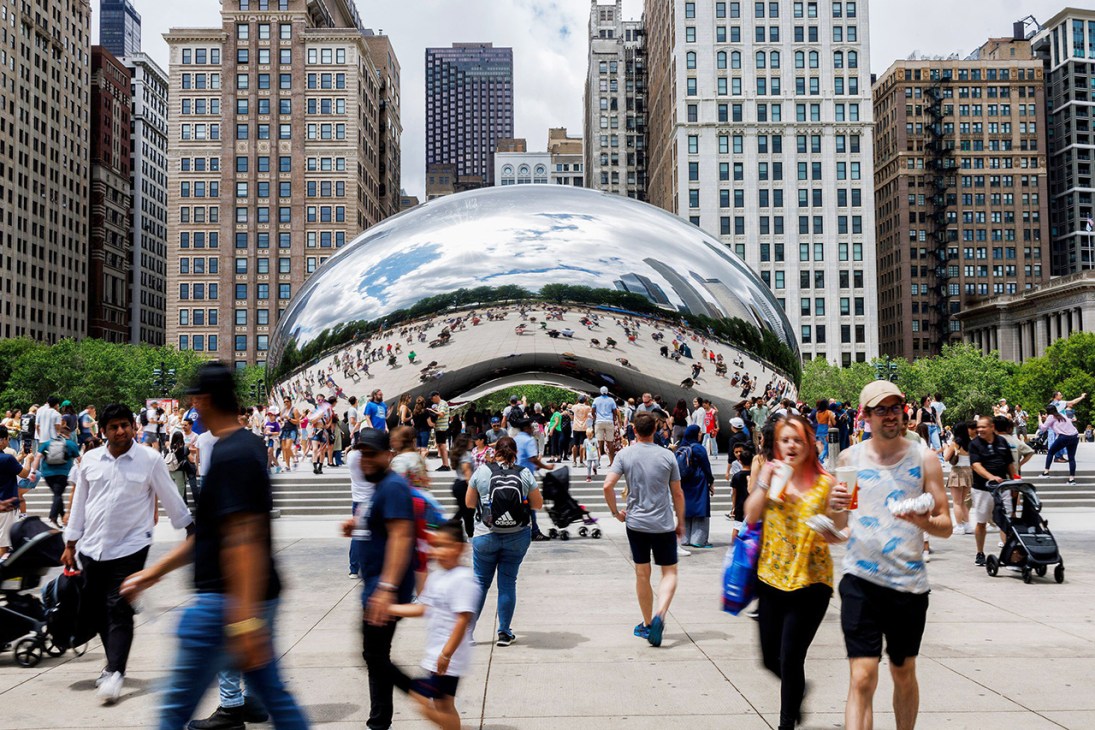
The problem with municipal art often lies in the way that it is commissioned – blandified by committees so it appeals to all. Artwork often reflects the motivation behind its existence and those in charge can be more concerned with their own legacy than commissioning work that resonates with its audience.
Public art can transform a city. But it can only exist when the artist resists power plays and does not seek universal approval. We need pieces that take risks; that work with their environment; and that play with scale, time and material. And, most of all, we need work that celebrates joy.



